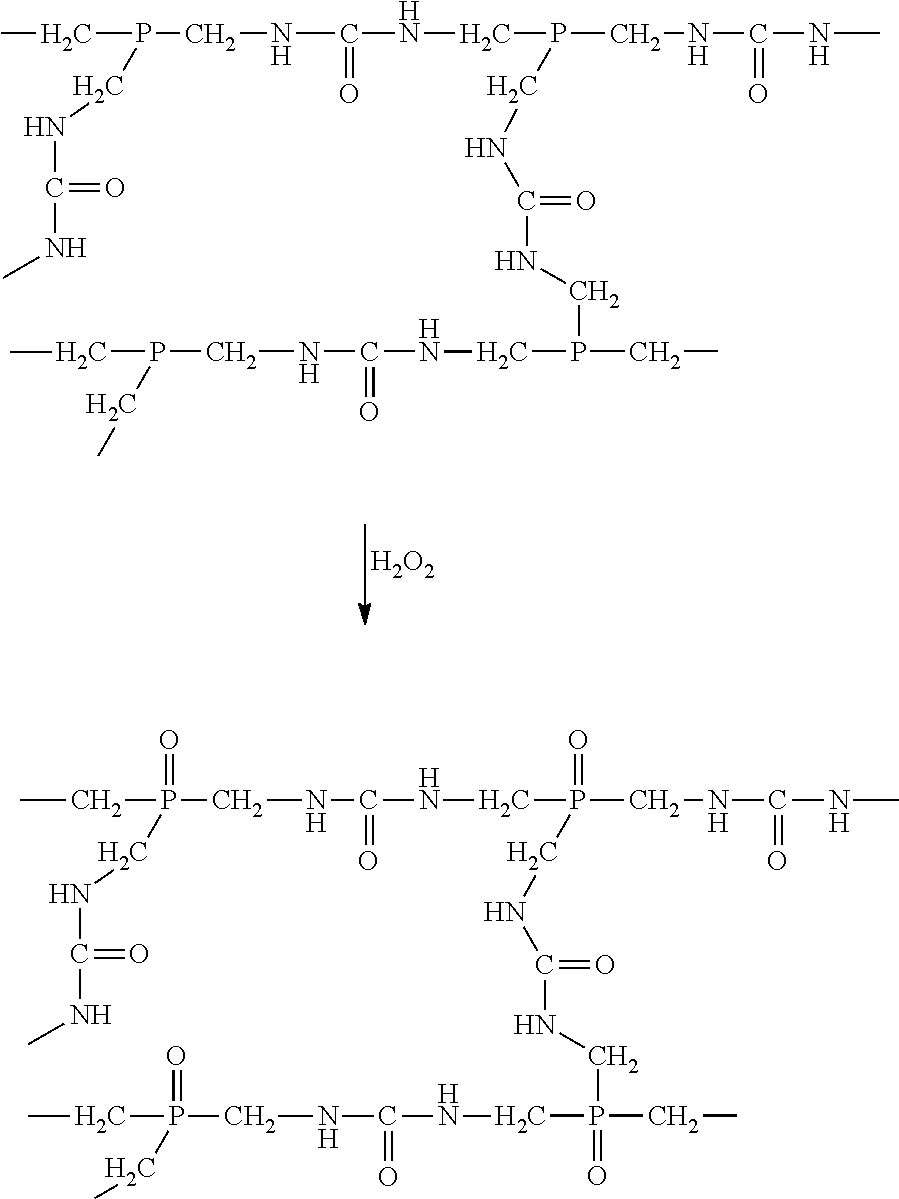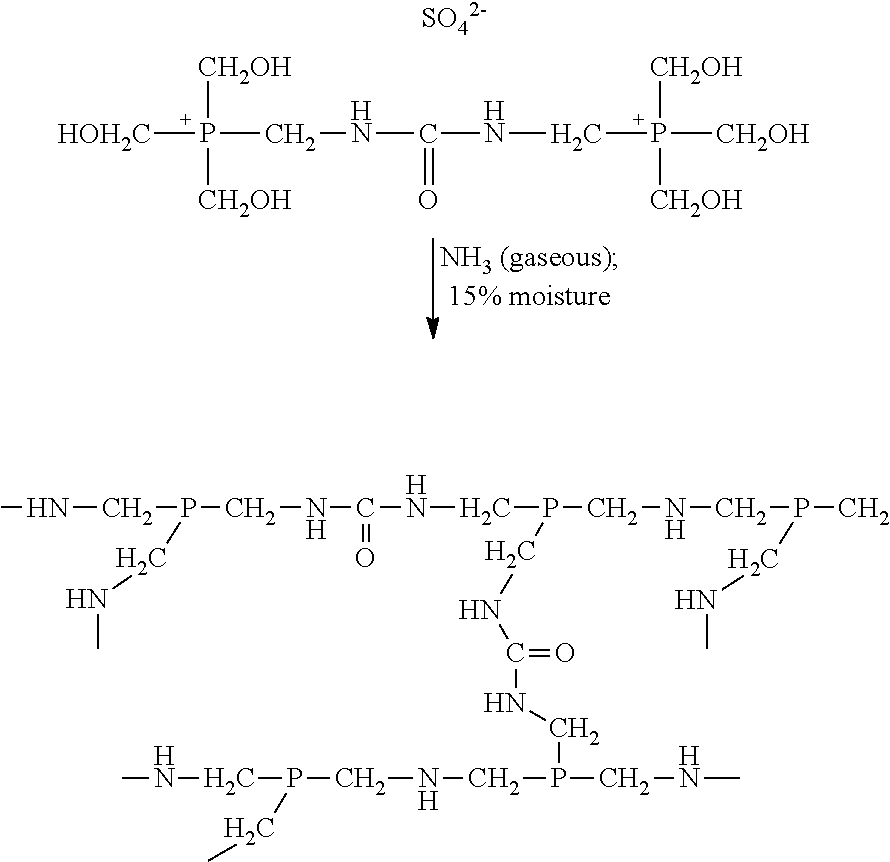Flame resistant textile
a flame-resistant textile and low-weight technology, applied in the field of flame-resistant fabrics, can solve the problems of shock wave, extreme heat of electric arc flash, and the discomfort of wearing for long periods of time of most garments available today
- Summary
- Abstract
- Description
- Claims
- Application Information
AI Technical Summary
Benefits of technology
Problems solved by technology
Method used
Image
Examples
examples
Test Methods
Evaluation: Flammability
[0077]The fabric Examples were evaluated for flammability performance, using an instrumented manikin (commonly referred to as “PYROMAN®”) device according to Test Method ASTM F1930 entitled “Standard Test Method for Evaluation of Flame Resistant Clothing for Protection Against Flash Fire Simulations Using an Instrumented Manikin,” using a three-second exposure time. This test method provides a measurement of garment and clothing ensemble performance on a stationary upright mannequin when exposed to a flash fire at a calibrated 2.0 calorie / cm2 s heat flux as determined by a set of sensors embedded in the manikin skin. A percentage body burn of less than 50% is considered passing according to the industry standard, NFPA 2112-2007.
Evaluation: Arc Testing
[0078]The fabric Examples were also evaluated for arc protection, according to Test Method ASTM F1959 entitled “Standard Test Method for Determining the Arc Rating of Materials for Clothing.” This tes...
examples 1-3
Example 1
[0079]The fabric used in Example 1 was a chambray fabric in a 2×1 twill weave having a weight of 5.69 oz / yd2. The warp yarns and filling yarns were an 88 / 12 by weight blend of cotton and nylon.
[0080]The fabric was woven from blue dyed warp yarns and undyed filling yarns. It was then prepared on a standard open width continuous preparation range following the steps of desizing, washing and drying. The fabric was taken-up for further processing.
[0081]An FR treatment was applied to the fabric in the following manner. The fabric was passed through a pad bath of a tetrakis (hydroxymethyl) phosphonium (THP) precondensate sulfate salt, urea, and cationic softener before entering a curing oven. The THP salt concentration was about 55% by weight of the formulation solution.
[0082]The THP salt was reacted on the fabric with urea to create an intermediate compound in which the phosphorous compound is present in its trivalent form. Such reaction was carried out in the fabric at a temper...
example 2
[0085]The fabric used in Example 2 was a commercially available flame resistant chambray fabric in a 2×1 twill weave from Westex. The fabric was obtained as a swatch in a marketing brochure from a trade show in 2008. The warp yarns were a 75 / 25 by weight blend of cotton and nylon dyed blue and the filling yarns were 100% cotton (white) for an overall 88 / 12 by weight blend of cotton and nylon. It is believed that the Westex product used the ammonia based FR treatment described in the specification and a mechanical treatment.
PUM
| Property | Measurement | Unit |
|---|---|---|
| Temperature | aaaaa | aaaaa |
| Temperature | aaaaa | aaaaa |
| Temperature | aaaaa | aaaaa |
Abstract
Description
Claims
Application Information
 Login to View More
Login to View More - R&D
- Intellectual Property
- Life Sciences
- Materials
- Tech Scout
- Unparalleled Data Quality
- Higher Quality Content
- 60% Fewer Hallucinations
Browse by: Latest US Patents, China's latest patents, Technical Efficacy Thesaurus, Application Domain, Technology Topic, Popular Technical Reports.
© 2025 PatSnap. All rights reserved.Legal|Privacy policy|Modern Slavery Act Transparency Statement|Sitemap|About US| Contact US: help@patsnap.com



